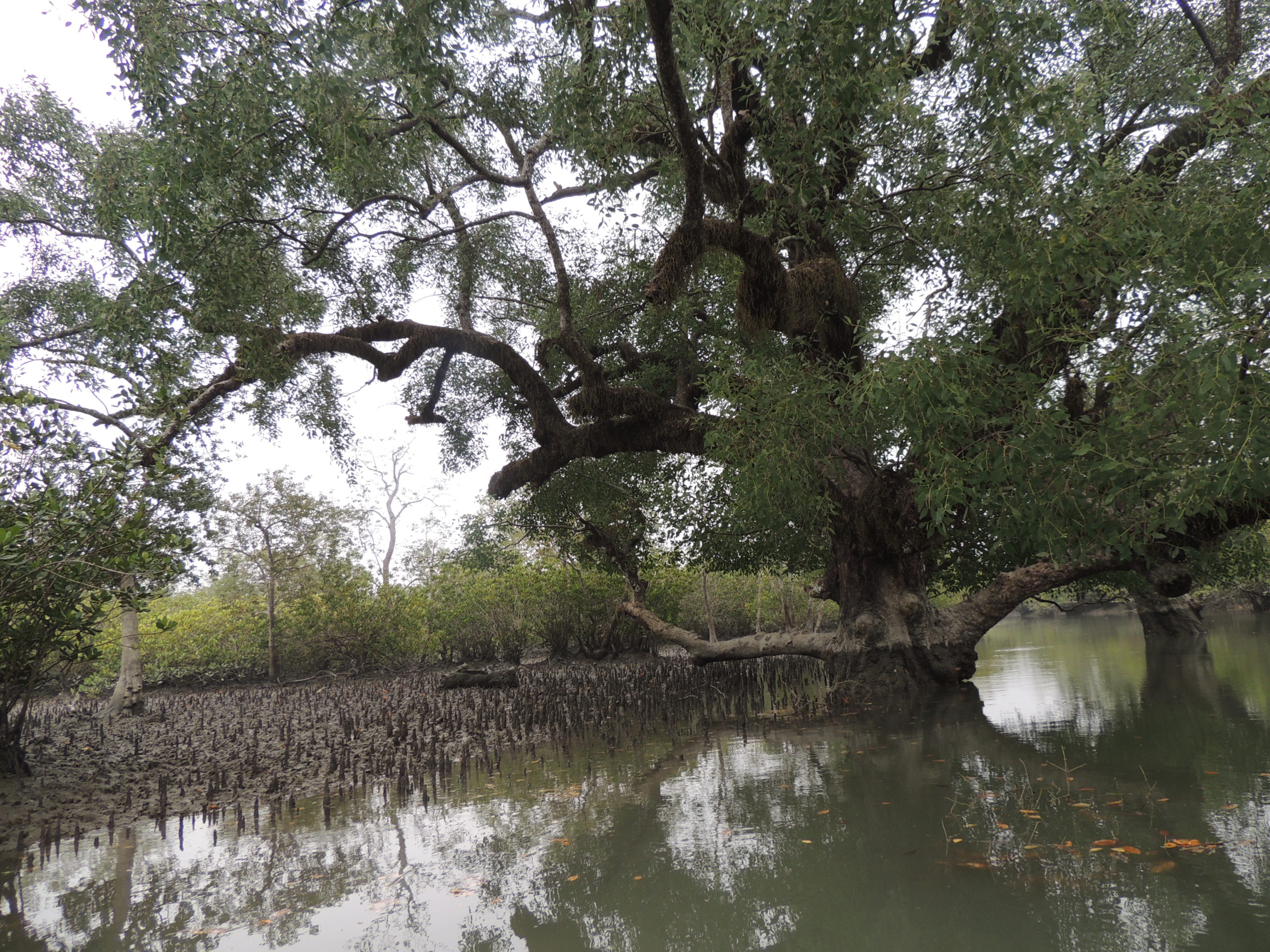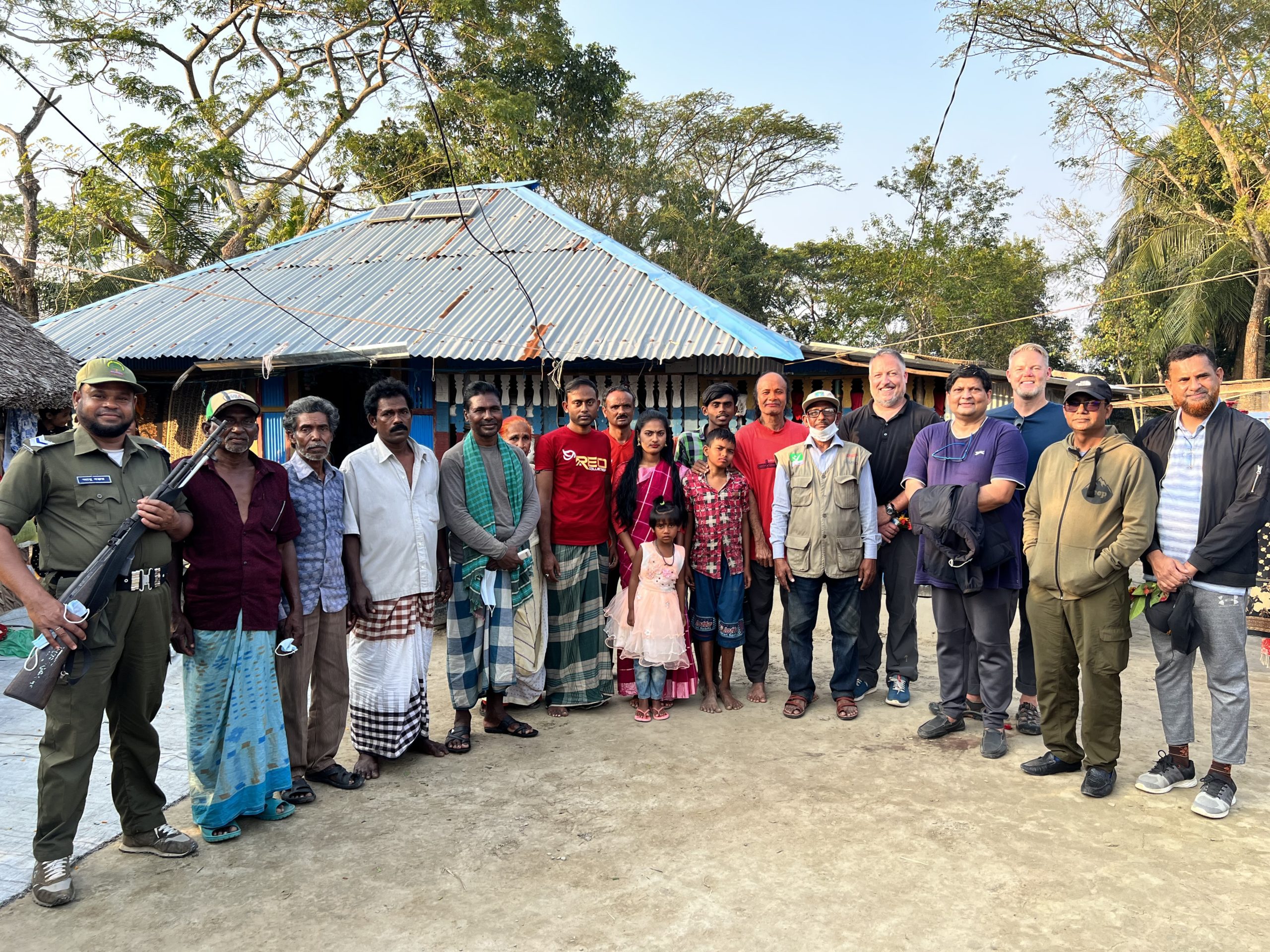
COMPETITIVENESS AND COLLABORATIVE CAPACITY OF TOURISM DESTINATIONS IN THE TARGETED AREAS ENHANCED
The importance of tourism as an economic driver to national economies has long been established. In fact, the contribution of tourism to the world economy amounted to USD 3.5 trillion in 2019 or 4% of the world’s gross domestic product. Critical determinants of tourism competitiveness include infrastructure development, policy conditions in favor of tourism, an enabling environment that attracts investors, and the availability of natural and cultural resources for visitors to enjoy. This competitiveness cannot be achieved without strong collaboration between tourism stakeholders at the local and national levels. That is why the USAID Ecotourism Activity is working to establish a local Destination Management Organization (DMO) for the Greater Sundarbans region, which will promote the long-term sustainability of this project and tourism development generally.
The USAID Ecotourism Activity is working to engage local communities, the private sector, and government officials to increase dialogue and support for tourism development. We are currently developing a long-term Destination Development Strategy as a key first step in creating government-wide support for tourism development along with the public-private dialogue and partnerships critical to supporting tourism. The USAID Ecotourism Activity will also work to develop favorable policies for tourism, including clear concession policies to facilitate PPP investments and business regulation reform. Finally, we intent to focus on identifying the most promising investment and enterprise development opportunities before initiating investment promotion activities along with a clear financial returns model based on optimizing revenue and distribution of benefits to local communities.
Our work on Competitiveness and Collaboration are aimed at achieving three key intermediate results:





IR 1.2
Improved opportunities for women’s participation and leadership in the tourism industry






